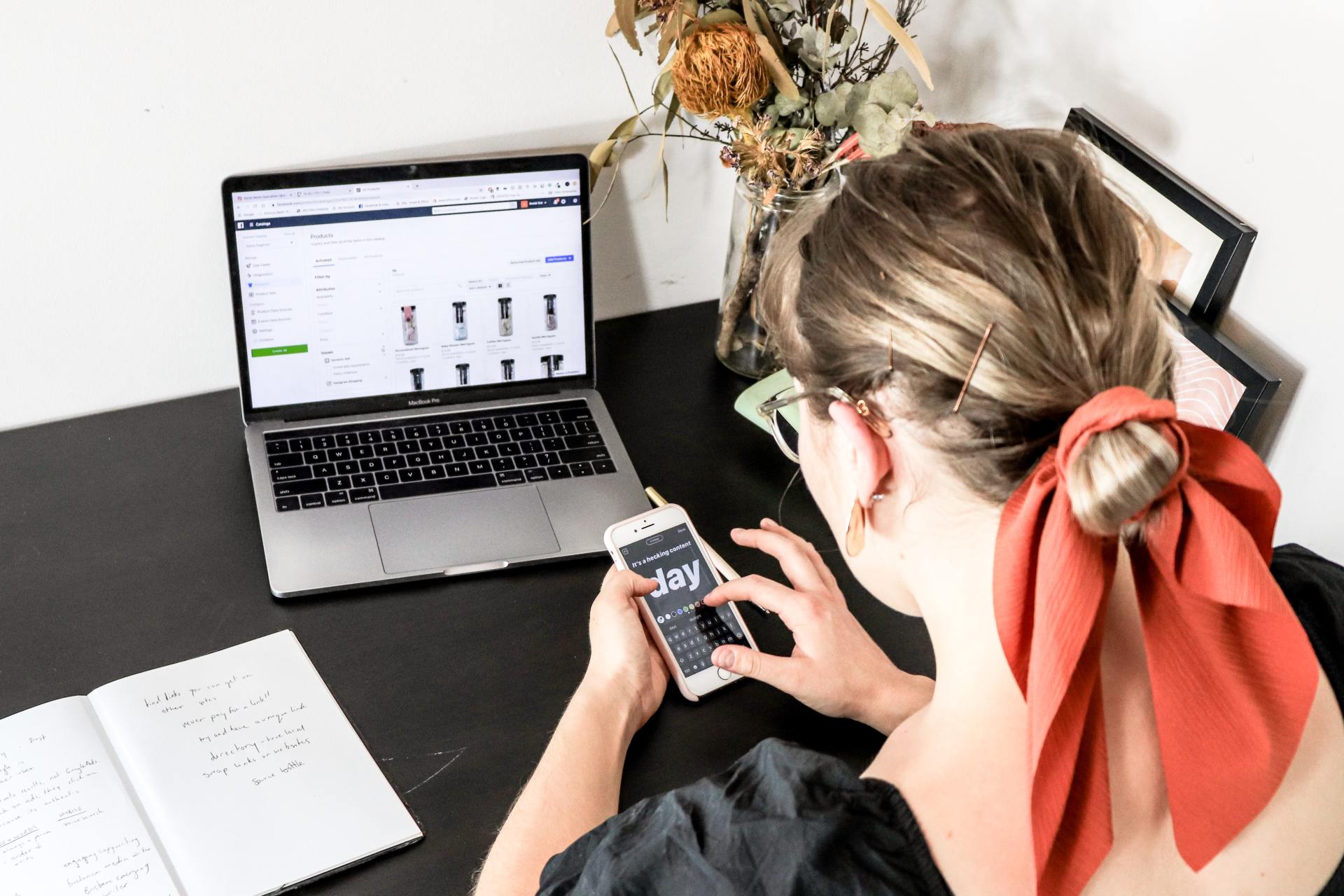5 critical ways to increase sales on your website
Having an eye-catching website is one thing, but for most businesses it’s the online sales that truly define how successful the site is.
However, generating sales and ROI through your website can be a minefield if you’re not an expert in this area.
Take a look at our top five must-dos to ensure your website gets those orders coming in.
1. Let your SEO do the
talking
SEO – or Search Engine Optimisation – sounds techy but it really is simply about ensuring the content, ‘the words and images’, on your website work well with search engines like Google, Bing or Yahoo. However, it’s also far more sophisticated than using a few keywords here and there – everything on your site should be designed with SEO in mind.
A good website combines both ‘onsite’ and – equally important – ‘offsite’ SEO to ensure maximum exposure during searches, including inbound links from critical directories like Google My Business, reviews, social media, and guest blog posts on trusted websites to name a few. The off-site work is what really boosts your Google position, but it can’t be done without a good website and good onsite SEO.
DID YOU KNOW?
Link
building
and
high-quality content
are the top two indicators used by
Google to rank your website.
2. Take your customer on a journey
From the moment your customer lands on your home page they should feel able to easily navigate your site. Try to think like they do and see what process they take to finding information about your products or services, placing orders and contacting your company – all should be quick and with minimal steps and pages to click through.
Their journey also includes your automated processes such as emails, pop-up
chat and after sales support. An upfront site map before you even start design will
help navigate a journey without being distracted by pictures and layout.
3. Improve your sales
with Google AdWords
If you want to increase relevant traffic to your website, it’s worth investing in Google AdWords to boost your company on Google and the display networks. Your ad campaigns can be adapted to a particular product or service, or to promote your company as a whole. It’s even easier if you use a web design company that offers AdWords as part of its package.
The beauty of AdWords is you can set the budget, track how your ad is performing and increase or decrease your spend depending on your business needs.
FACT: 70% of people
searching on mobile call a business directly from a Google Search. (Source:
Expandedramblings.com
)
4. Show you care about content
Anyone can put words together for a website, but crafting the right words to reach your specific target audience is another matter, and a specialised skill. Each word, and image, on your website should count, giving readers a good idea of your brand personality and clearly laying out what exactly it is that you’re offering.
Content should always be updated and developed as your business grows and you
respond to your customers’ feedback. This is often easily done through regular
blog posts which can then be adapted to work across your company’s social media
channels.
5. Keep your menu simple
The menu bar may not seem an obvious way to generate sales; however, if your customers struggle to find what they’re looking for, they’re unlikely to hang around to place an order. Your menu bar should be user-friendly and follow an intuitive path – from initial product selection through to specifying the order and knowing who to contact with a query.
The menu bar is the backbone of your website and if it’s a joy to navigate your site, your customers will be much more likely to return.
This is just the tip of the iceberg, however. At Cotswold Web, Cheltenham, we’ve been designing and developing websites since 2008 and have over 50 years’ collective experience.
We love what we do and would be only too happy to chat to you about ways to improve your e-commerce website. Visit www.cotswoldweb.co.uk/ to see for yourself.
Kelly Owen
Find out more about the incredible companies we work with here and contact us to see how we can help with your website.
More Posts.








